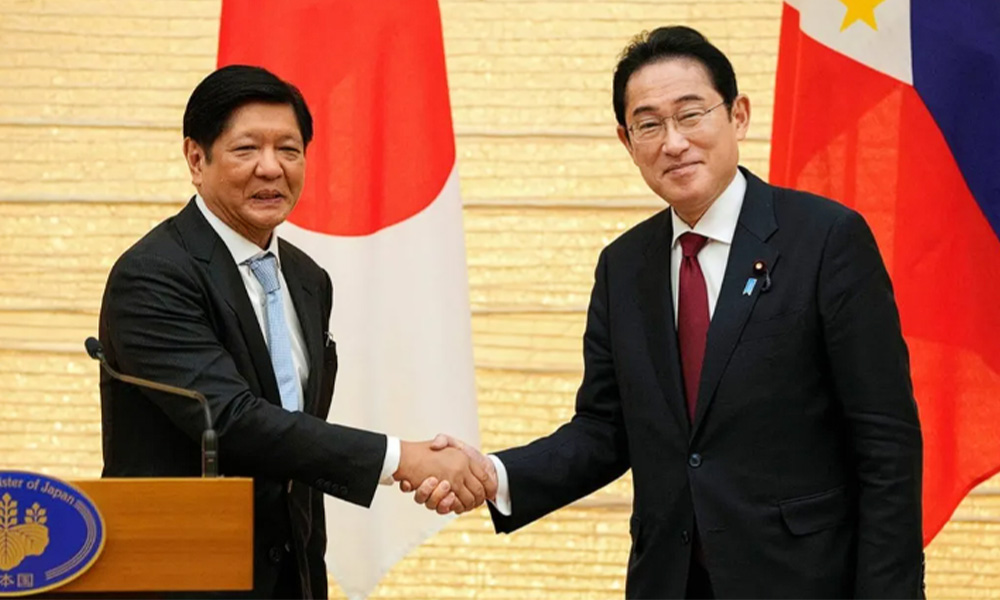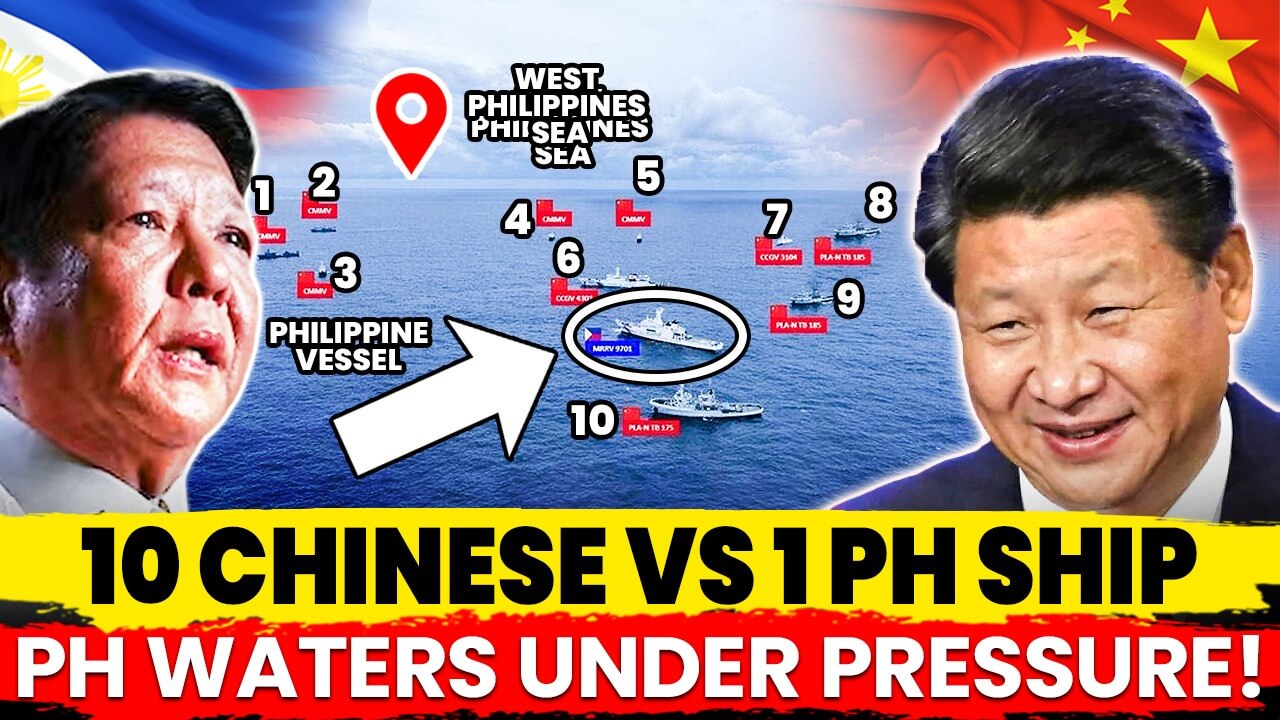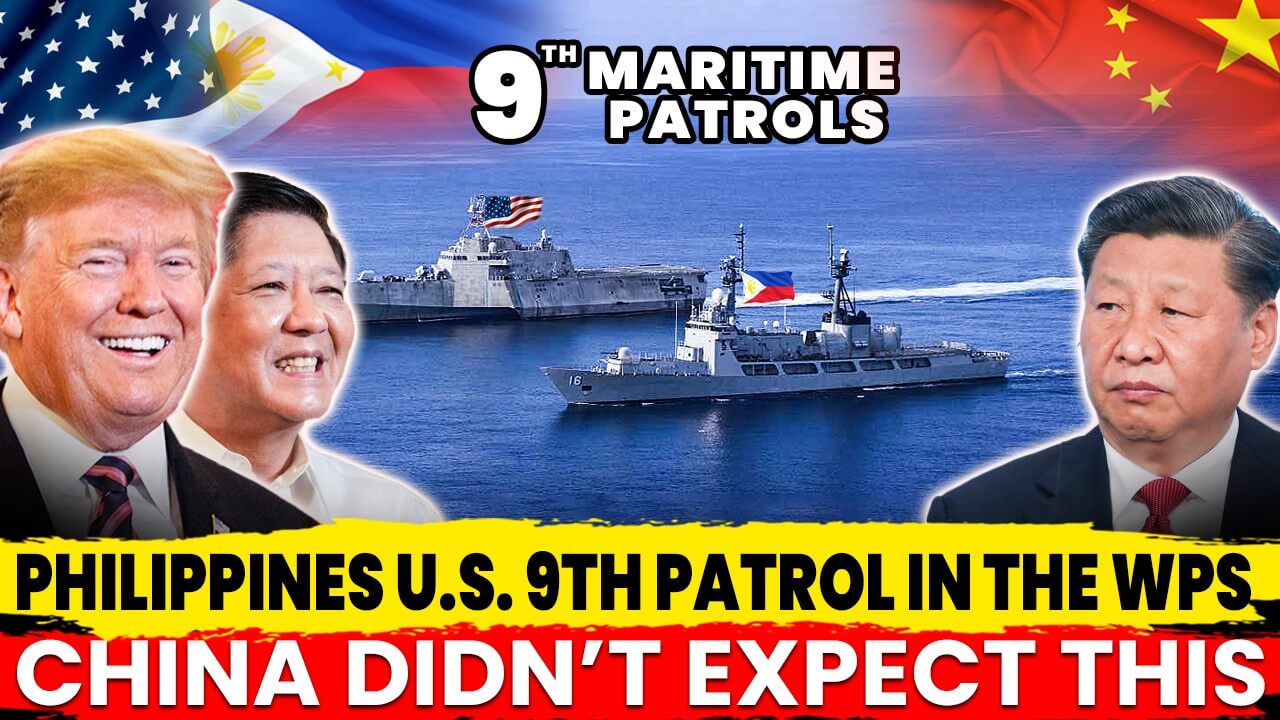A Glimpse of Japan Philippine Defense Pact Negotiations
In a significant development, the leaders of Japan and the Philippines have agreed to initiate negotiations for a crucial defense pact that would enable their military forces to conduct joint exercises within each other’s territories. This strategic move aims to fortify their alliance in response to the growing assertiveness of China in the region. During Japanese Prime Minister Fumio Kishida’s two-day visit to Manila, he also announced the provision of a coastal surveillance radar to the Philippines through a grant, marking the first beneficiary of Japan’s newly launched security assistance program for allied militaries in the area. Moreover, Japan pledged additional patrol vessels, defense equipment, and radars to enhance the Philippines’ maritime law enforcement capabilities, notably in the disputed South China Sea, where tensions have risen due to territorial disputes and confrontations.
The Philippines’ ongoing territorial conflicts with China have prompted Japan’s increased support in the form of patrol ships and maritime security assistance, aimed at bolstering the Philippines’ defense of its territorial interests in the South China Sea. This move is significant, given Japan’s own territorial dispute with China in the East China Sea, where tensions have ignited years after years.
Japanese Prime Minister Fumio Kishida’s visit to the Philippines carries historical significance, highlighting the transformation of the relationship between Japan and the Philippines. As part of this visit, Kishida is scheduled to address a joint session of the Philippine congress, emphasizing the evolving ties and Japan’s contributions to the Philippines’ development and security. The defense accord, if finalized, will represent a substantial boost to the alliance between Japan and the Philippines, especially in the context of mounting challenges posed by China’s assertive behavior. It underscores a broader effort to strengthen regional alliances and security cooperation in response to the changing geopolitical dynamics in the Indo-Pacific region.
Philippines Japan Relationship
The relationship between the Philippines and Japan has undergone a remarkable transformation over the years. Historically, it began as a story of post-war reconciliation and economic cooperation, marked by the painful memories of World War II. However, in recent years, this relationship has evolved into a more strategic partnership, driven by several key factors.
One significant driver for this transformation has been the growing assertiveness of China in the region. Both the Philippines and Japan have been prompted to seek closer security ties as a response to China’s regional ambitions and assertive actions.
Furthermore, the Philippines has been motivated by a desire to reduce its economic dependence on China and diversify its trade and investment partners. This strategic shift reflects the Philippines’ commitment to safeguarding its economic interests and national sovereignty.
Over the years, the two nations have cemented their commitment to deeper cooperation by signing various agreements. In 2019, the two countries signed a Visiting Forces Agreement (VFA), which allows for reciprocal visits by their armed forces. In 2020, the two countries signed a Memorandum for Bilateral Defense Cooperation, which outlines areas for cooperation in defense planning, exercises, and training. In 2021, the two countries launched the Japan-Philippines Strategic Dialogue, a high-level mechanism for consultations on security and strategic issues.
In 2023, the Philippines and Japan took another crucial step by initiating negotiations for a defense pact. This accord possesses the latent capacity to facilitate joint military exercises conducted within the respective territories of both nations, a prospect that could significantly amplify their collaborative aptitude in addressing security concerns and mounting regional challenges.
The affiliation between the Philippines and Japan transcends mere official accords; it extends to the grassroots level of human interaction. A burgeoning mutual comprehension and respect for each other’s cultures and societies have taken root, spurred by the growing presence of Filipinos pursuing studies and employment opportunities in Japan and a concomitant surge in Japanese tourists exploring the Philippines.
Japan’s Defense Calculus
Japan has recently embarked on a substantial military modernization effort, marking a major shift in its national security strategy. Under the stewardship of Prime Minister Fumio Kishida, Japan’s cabinet has endorsed an ambitious drive to amplify its military capabilities, with the principal goal of fortifying the nation’s capacity to discourage aggression and fostering readiness for potential conflicts. This bold endeavor encompasses a noteworthy escalation in the allocation of the country’s GDP to bolster national security, increasing the percentage from a long-standing 1 percent to a notable 2 percent—a transformation of paramount significance spanning several decades.
This strategic undertaking is underpinned by the release of three pivotal documents: a comprehensive National Security Strategy, a far-reaching ten-year blueprint for national defense, and an intricate five-year procurement plan. These documents collectively encompass an estimated investment of $320 billion to be disbursed over the forthcoming five-year period.
One prominent feature of Japan’s new security strategy is the introduction of long-range conventional strike capabilities. Japan has been developing its “standoff” capability, allowing it to respond to threats in its surrounding sea and airspace. New air-to-air missiles with a range of over 300 miles and the eventual introduction of missiles with a 1,000-mile range aim to deter potential aggressors from targeting Japan. The strategy also underscores the development of Japan’s indigenous technology, emphasizing investment in research and development, missile development, and resilience of its Self-Defense Forces (SDF).
This shift in Japan’s military strategy is prompted by the increasing presence of foreign militaries around Japan, with North Korean missiles traversing its territory and China’s regular military activities in its vicinity. Additionally, the rapid technological advancements in the region have left Japan feeling vulnerable to evolving missile threats. Prime Minister Kishida’s strategic overhaul reflects both defense planners’ recommendations and a growing unease among the Japanese population, particularly concerning China. Despite his diplomatic background and commitment to nuclear disarmament, Kishida is taking bold steps to ensure Japan keeps pace with the shifting military balance while deepening diplomatic engagements with like-minded nations in the Indo-Pacific and Europe. The main challenge ahead lies in financing Japan’s ambitious military endeavors.
The Philippines Defense Calculus
The Philippines has embarked on a comprehensive 15-year modernization program for its Armed Forces, which commenced in 2012 and extends through 2027. Under the Revised Armed Forces Modernization Act, this program, valued at $4 billion for its third phase (2023-2027), aims to enhance the country’s military capabilities to address internal threats and counterterrorism while protecting defense modernization efforts from political shifts. It opens opportunities for the procurement of various military assets, including aircraft, ships, unmanned vehicles, surveillance systems, communications equipment, personal protective gears, and various weapons systems.
To streamline the modernization process, the Philippines’ Department of Defense (DND) and the Armed Forces of the Philippines (AFP) are actively working to strengthen their defense procurement policies to address delays in major defense acquisitions. The procurement process operates under Republic Act, known as the Government Procurement Reform Act, and is guided by the Defense Acquisition System (DAS). Various procurement methods are employed, including Government-to-Government Arrangements, Emergency Procurement, Limited Source Bidding, and Direct Contracting.
The Philippines’ defense market is on a trajectory of robust growth, with a budget of $4.3 billion in 2023 and a projected Compound Annual Growth Rate (CAGR) of over 6% from 2024 to 2028. The escalating tensions in the South China Sea, along with China’s assertive military presence, serve as primary drivers of the country’s commitment to enhancing its military capabilities.
The Philippines government has increased its defense budget and proactively pursued various security assets in naval vessels, air force assets, and ground forces equipment
Prominent instances encompass the acquisition of new frigates, submarines, and patrol vessels by the Philippine Navy, as well as the procurement of fighter aircraft, transport planes, and helicopters by the Philippine Air Force. These specific acquisitions include the addition of F-16 fighter jets from the United States in the year 2022, agreements to procure submarines from South Korea, and contracts to secure frigates from Italy in 2023.
Furthermore, the nation is diligently strengthening its defense affiliations, emblematic of the 2022 Enhanced Defense Cooperation Agreement (EDCA) forged with the United States. This agreement bestows an expanded sphere of access to Philippine military bases, facilitating the deployment of American troops and equipment, thus solidifying the collaborative defense endeavors between the two nations.
What does the Pact meant for the Region?
The initiation of negotiations for a defense pact known as the Reciprocal Access Agreement (RAA) between Japan and the Philippines carries significant implications for the broader region, especially the South China Sea littoral states. This strategic move reflects a concerted response to China’s increasing assertiveness in the South China Sea, a trend that has raised concerns among neighboring countries, including Taiwan, Vietnam, Indonesia, and Malaysia.
The Japan-Philippines negotiations provides a framework for collective action and regional cooperation, particularly in the face of unilateral attempts to change the status quo by force.
Japan’s commitment to the region’s security heeds back to its own territorial dispute with China in the East China Sea. The support from Japan, the United States, and the Philippines can be seen as a broader commitment to upholding international norms and maritime law, thus ensuring freedom of navigation and the peaceful resolution of disputes.
As the agreement negotiations proceed, it is expected to enhance the deterrence capabilities of the region as a whole. Beyond Japan and the Philippines, it carries the potential to counterbalance China’s military power and contribute to maintaining a balanced and stable regional security environment.
End Note
The initiation of negotiations for the Reciprocal Access Agreement (RAA) between Japan and the Philippines marks a significant development with far-reaching implications for the broader region, particularly the South China Sea littoral states. As a strategic response to China’s growing assertiveness, this alliance signifies a united front against unilateral attempts to alter the status quo by force, bolstering deterrence capabilities. Beyond Japan and the Philippines, countries like Taiwan, Vietnam, Indonesia, and Malaysia may view this pact as a positive step toward regional stability, freedom of navigation, and peaceful dispute resolution, countering China’s military power and promoting a balanced and stable regional security environment. This move reflects the increasing importance of partnerships and security arrangements in addressing shared regional challenges and maintaining stability and security in the Indo-Pacific.



